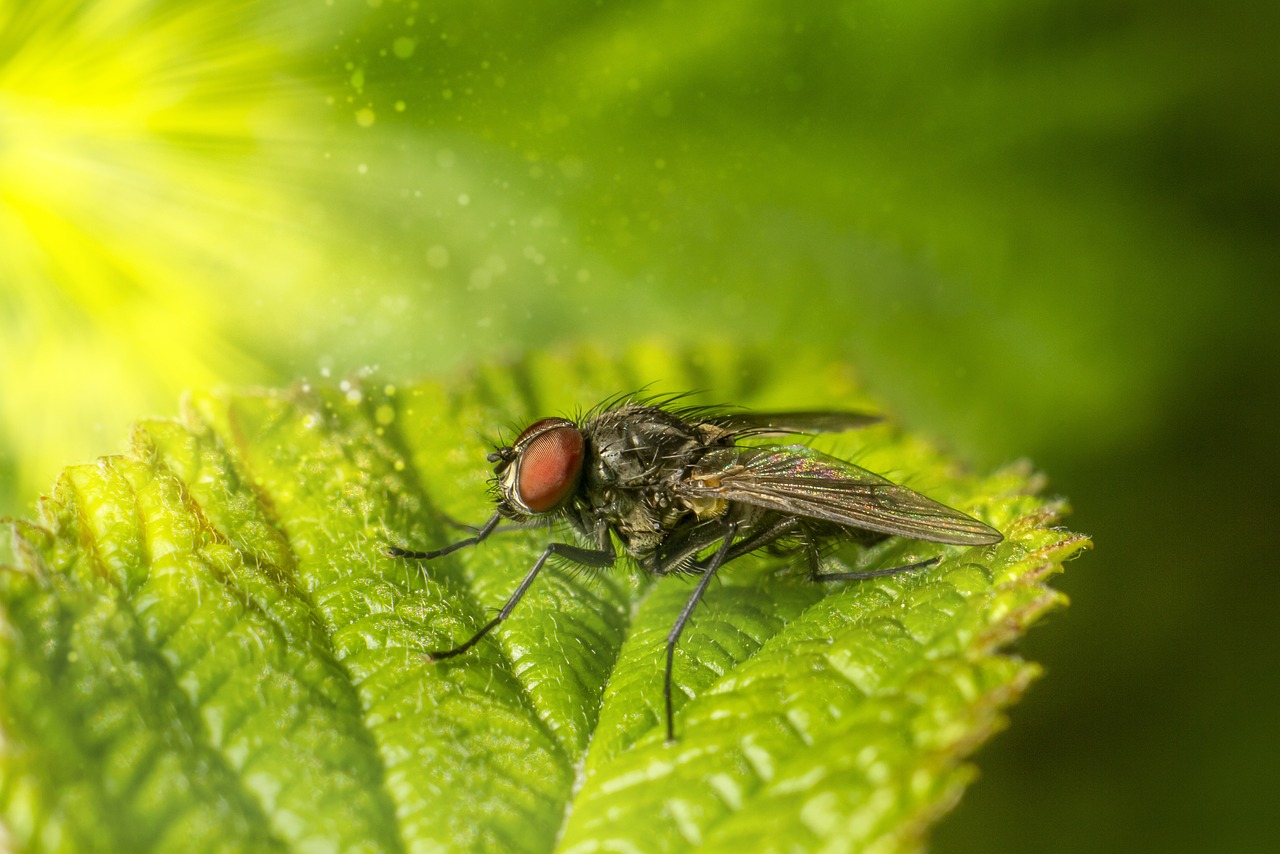The House Fly (Muscina levida) is a species of fly belonging to the Muscidae family. While not as well-known as the common house fly (Musca domestica), Muscina levida shares many characteristics with its more famous relative but also exhibits some differences in behavior and ecology. Here’s a detailed look at this fly:
Description
- Size:
- Typically about 6 to 8 millimeters in length.
- Appearance:
- Body: The body of Muscina levida is generally dark gray to black, with a slightly shiny, metallic sheen.
- Head: The head is relatively large with red compound eyes that are close-set, typical of many flies in the Muscidae family.
- Wings: The wings are transparent with distinct venation, and they are held flat over the body when at rest.
- Legs: The legs are black and covered with small hairs that help the fly cling to surfaces.
Habitat
- Distribution:
- Muscina levida is found across Europe, parts of Asia, and North America. It is widespread in many temperate regions.
- Preferred Habitat:
- This fly is commonly found in areas close to human habitation, such as homes, farms, and livestock facilities. It prefers environments where there is access to decaying organic matter, which it uses for feeding and breeding.
Behavior and Ecology
- Feeding:
- Adults: Feed on a variety of substances, including decaying organic matter, excrement, and food waste. They are also known to feed on sugars from fruits and nectar when available.
- Larvae: The larvae, known as maggots, primarily feed on decaying organic matter, which provides them with the nutrients needed to grow and develop.
- Reproduction:
- Eggs: Females lay clusters of eggs in decaying organic material, such as manure, garbage, or compost piles.
- Larvae: The larvae emerge from the eggs and begin feeding immediately. They undergo several molts before pupating.
- Pupation: After completing the larval stages, the maggots pupate and later emerge as adult flies. The entire life cycle from egg to adult can be completed in just a few weeks, depending on environmental conditions.
Role in the Ecosystem
- Decomposer: Muscina levida plays an important role as a decomposer in ecosystems. By breaking down organic matter, it helps recycle nutrients back into the environment.
- Potential Pest: Like other house flies, Muscina levida can be a nuisance when present in large numbers, particularly in areas where food is prepared or stored. They have the potential to spread bacteria and pathogens due to their feeding habits and attraction to waste.
Control and Management
- Sanitation: The most effective way to control populations of Muscina levida is through proper sanitation. Removing sources of decaying organic matter, such as food waste and animal manure, can help reduce breeding sites.
- Physical Barriers: Screens and other physical barriers can prevent flies from entering homes and food preparation areas.
- Insecticides: In some cases, insecticides may be used to control fly populations, but this should be done with caution to avoid unintended environmental impacts.
Summary
The House Fly (Muscina levida) is a common species found near human habitation, known for its role in breaking down decaying organic matter. Although it can be a nuisance, it also serves an important ecological function as a decomposer. Control of this fly involves good sanitation practices and, where necessary, the use of physical barriers or insecticides. Its behavior and lifecycle are typical of flies in the Muscidae family, making it a well-adapted species in environments where humans and animals coexist.
Views: 635
Subscribe to the newsletter:
